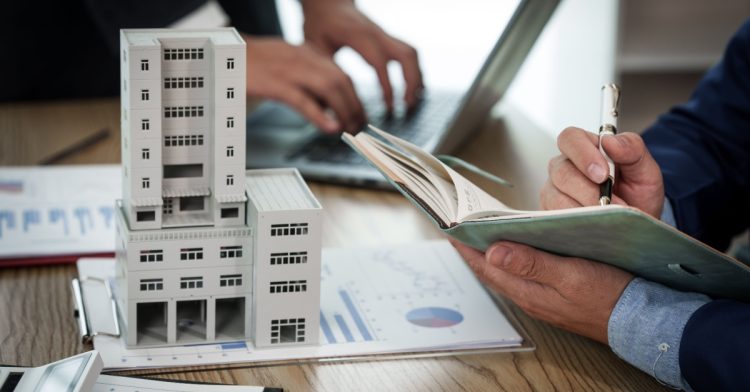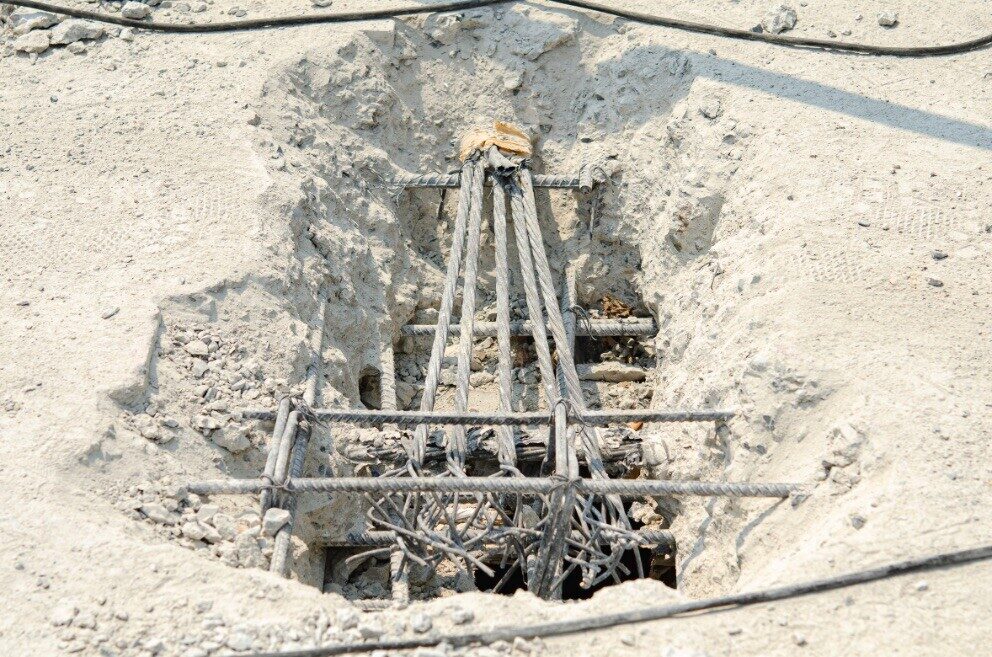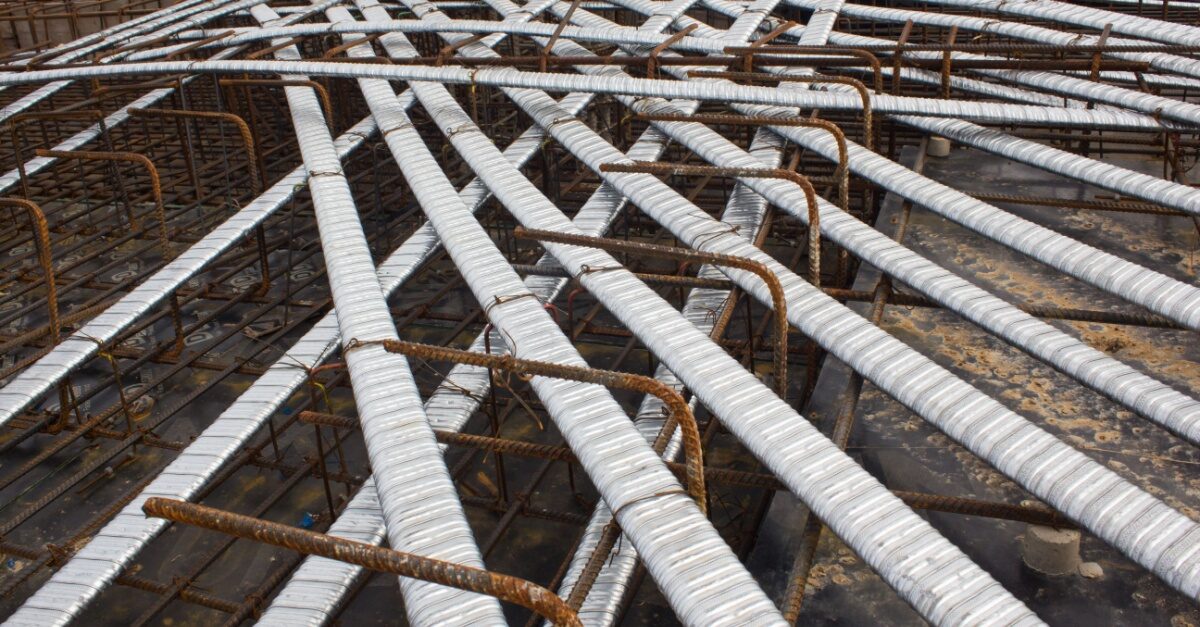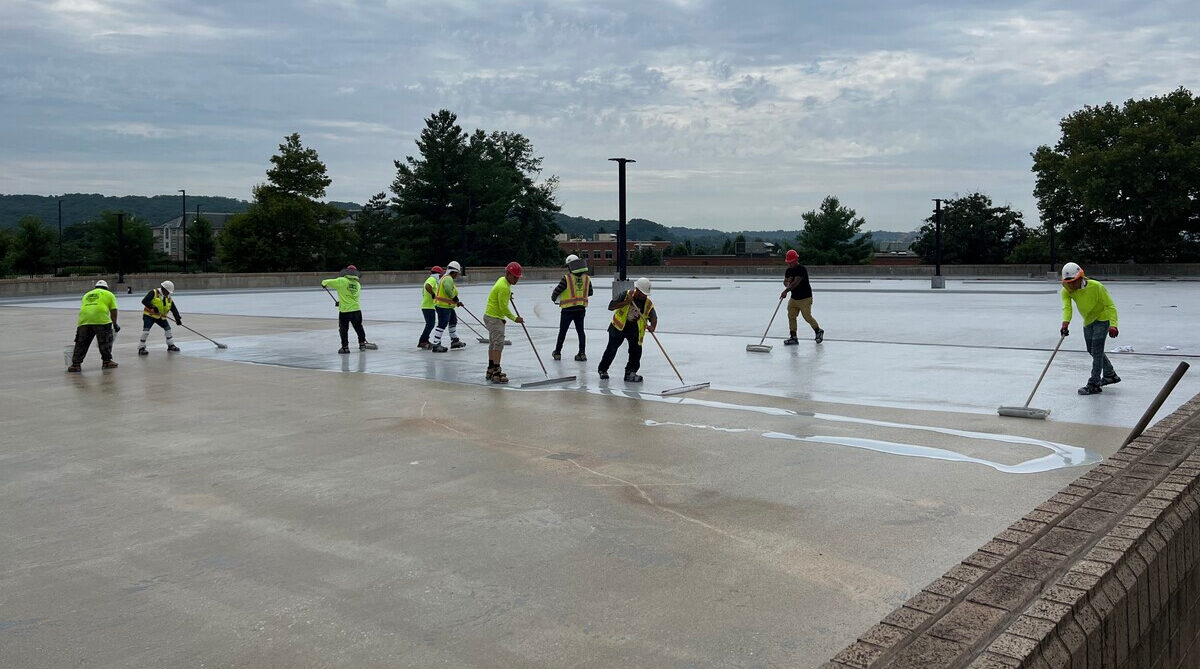
The Hidden Costs of Deferred Maintenance: Why It’s Essential to Budget for Annual Upkeep
As a property manager or building owner, it’s tempting to prioritize immediate cost savings by deferring maintenance, but that’s a gamble that rarely pays off. Deferred maintenance often leads to costlier problems down the line, draining finances through expensive restoration projects while compromising safety and efficiency.
This article highlights the hidden costs of deferring maintenance and how preventative maintenance helps avoid significant repair costs to ensure smooth operations and maximize property value.
Saving Pennies Now Can Cost Dollars Later
Currently, commercial property owners feel the pinch of rising energy costs, which have jumped nearly 30% since 2020. Sticking to budgets and managing expenses with these financial pressures isn’t easy. However, cutting corners by deferring maintenance will eventually come back to bite you. For example, imagine skipping a roof inspection and missing a small water leak. If you don’t catch it early, that leak could turn into extensive water damage, forcing a complete roof replacement and throwing your building’s operations into chaos.
Consider the General Services Administration (GSA) a cautionary tale. According to the U.S. Government Accountability Office (GAO), in 2022, the GSA faces a staggering $3.1 billion backlog in deferred maintenance and repairs, including persistent issues like water leaks and outdated safety systems. While explaining the challenge during a House hearing, the GSA stated it is “suffering from the consequences of significant deferred maintenance, driven by inadequate investment.”
In a similar story, the Kansas State University board found it cheaper to demolish buildings than tackle years of neglect by deferring maintenance. Meanwhile, the state of Louisiana faces a $2 billion backlog of deferred maintenance projects, which causes compliance issues, leaky buildings, and “a lengthy list of crumbling infrastructure on state college and university campuses.” When you defer maintenance, the problem doesn’t go away; it compounds financially and restoratively.
Weighing the Risk and Reward of Deferred Maintenance
Whether “a stitch in time saves nine” or “an ounce of prevention is worth a pound of cure,” there are countless words of wisdom advising against deferring maintenance. Despite these best practices, ballooning deferred maintenance costs are all too typical, and the results are equally predictable.
- Deferring Maintenance Increases Repair Costs: Minor repairs neglected over time can escalate into major repairs, demanding extensive work and resources. For example, on a recent project, we discovered that the property manager had put off minor repairs and routine maintenance. The expense ballooned three short years later, costing the property three times what preventative maintenance had called for.
- Decreased Property Value: Neglecting maintenance can significantly reduce property value. For instance, failing to stay on top of facade maintenance in a challenging market can negatively impact occupancy rate and rent.
- Higher Energy Bills: Poorly maintained properties and building envelopes quickly become less efficient, compounding the impact of increasing energy costs. For instance, pressure washing white roofs helps maintain cooling efficiency.
- Minimizing Disruptions: Preventive maintenance, such as window cleaning, requires minimal to no disruption to tenants. When you neglect window cleaning for an extended period, deep cleaning, glass restoration, or complete replacement may be the only option to return them to their original condition. Not to mention missing out on opportunities to identify issues while they are small, like damaged mullions or damaged sealants.
- Health and Safety Risks: As a building owner, you are responsible for keeping tenants and those who work on your property safe. Preventative maintenance is critical in maintaining air quality and negating slip hazards and other safety issues. Maintaining fall-protection systems is among OSHA’s most frequently cited standards, requiring routine inspections and certifications. Failure to comply puts workers at risk and comes with steep penalties and other liabilities.
The deferred maintenance trap puts tenants, workers, and your investment at risk. The key to building longevity is preventative maintenance. It puts you and your building in the best position to prevent the avoidable and tackle the unavoidable early on while keeping the cost low and manageable.
Smart Budgeting for Year-Round Maintenance
A well-structured budget that allows for annual upkeep and maintenance of your property is your best ally to avoid the deferred maintenance trap. Over time, this strategy will save money by proactively addressing issues while they are small, extending the life of components and systems, ensuring safety, and avoiding fines. The long-term implications of deferring maintenance aren’t worth the risk of an unmanageable backlog.
Here are some key tips to remember for your annual maintenance plan.
- Windows & Glass: Clean exterior windows and glass 2-4 times each year.
- Building Facade: Pressure wash your building’s facade every 3-5 years and add a sealant for protection.
- Inspecting Waterproofing Membranes: Routine inspections and reapplying per the manufacturer’s recommendations ensure your waterproofing investment pays off. Our Waterproofing & Building Facade Preventative Maintenance Guide highlights how a proactive approach to waterproofing helps avoid repair costs and provides long-term protection for your asset.
These are just a few of your property’s many needs. You can make the most of your annual building maintenance budget by staying ahead of potential issues to keep your property value up while keeping costs down.
Partnering with A1 for Expert Maintenance Solutions
Don’t sacrifice tomorrow for a quick win today. Sticking to a preventative maintenance plan tailored to your building and property needs pays off in the long run. At A1, we can help you with budget planning to avoid costly repairs. While it’s easy to underestimate the implications of deferred maintenance, we’ve seen the costs accumulate and accelerate over time, leaving decision-makers wishing they had acted sooner.
We encourage you to contact us today to establish a preventative maintenance program uniquely designed to drive value, improve safety, and maximize your budget dollars for years to come.



